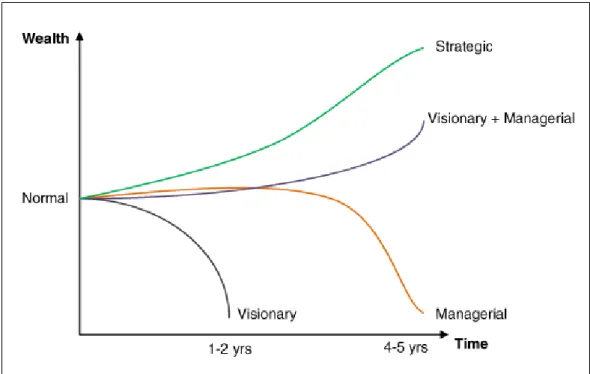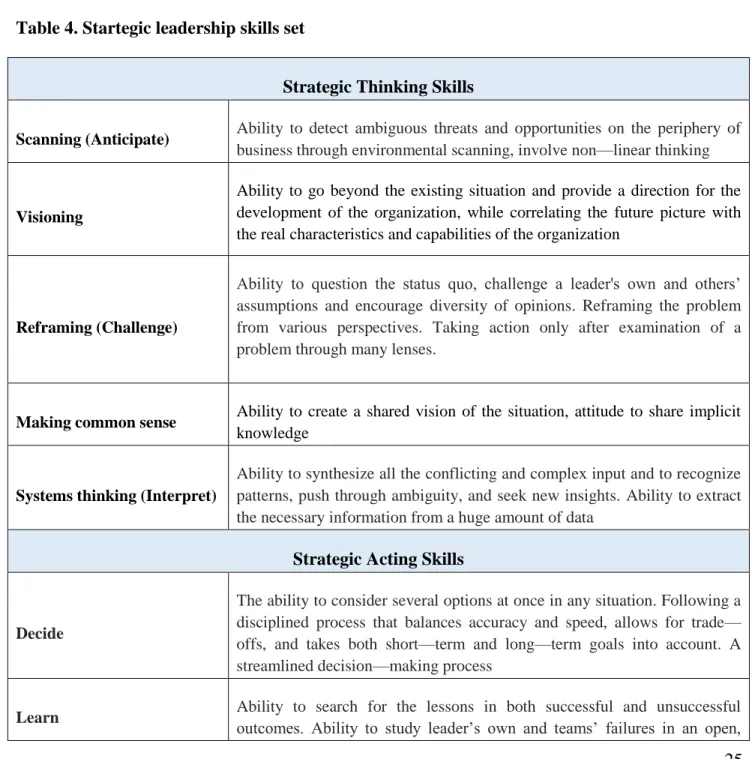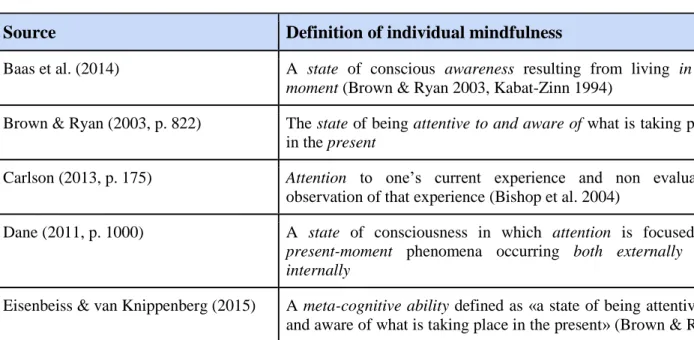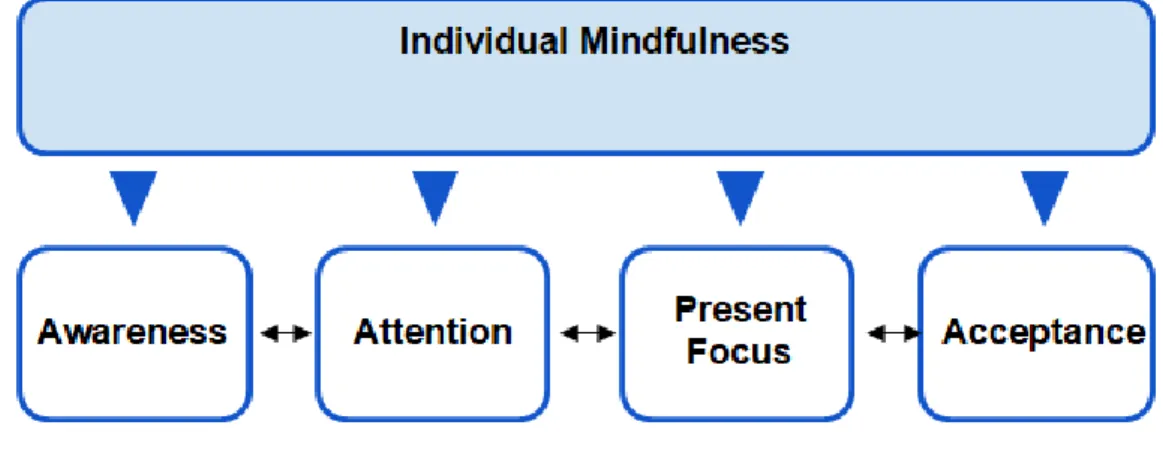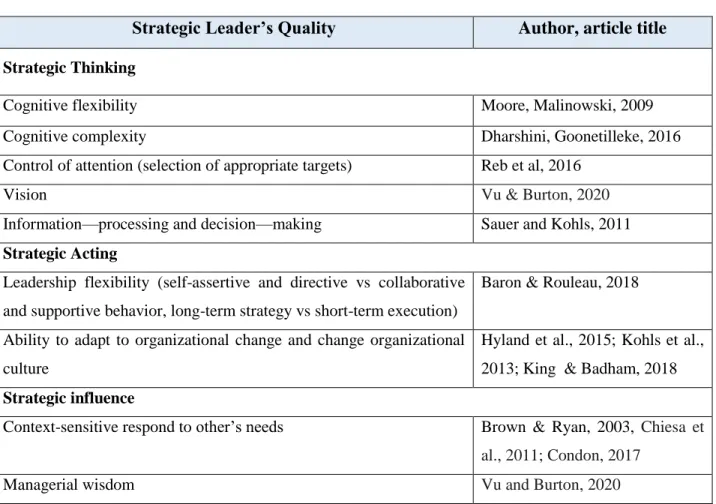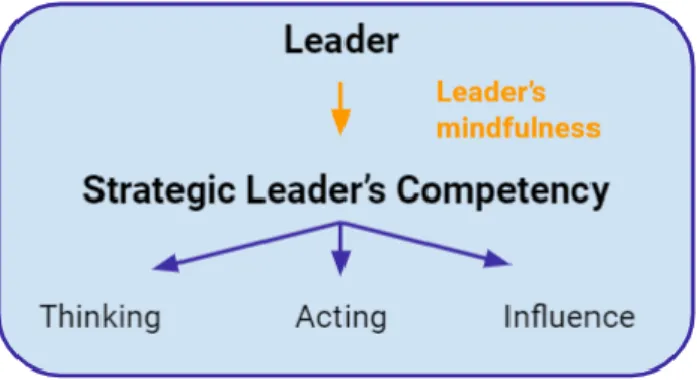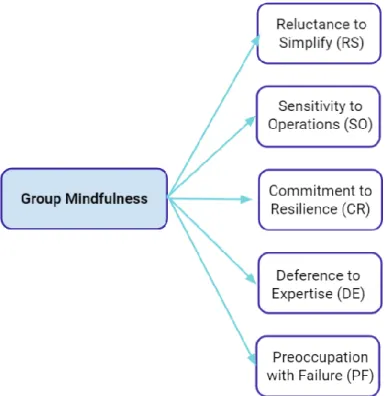Master's topic title "Attention as a factor of strategic leadership in Russian companies: a case of a construction company". The purpose of this master's thesis is to determine the impact of collective and group awareness on the development of strategic leadership. The author considered strategic leadership as an important phenomenon in ensuring the effectiveness of an organization in a turbulent environment.
Then, the author proposed for consideration concepts such as team and individual mindfulness as factors influencing the development of strategic leadership in companies. As a result of the quantitative analysis, the relationship between group, individual mindfulness and strategic management was proven, and the qualitative analysis carried out in the company made it possible to identify additional factors influencing this relationship.
INTRODUCTION
- Topic relevance and background
- Relevance of the study
- Research gap, goal, and questions
- Research methodology
- Overview of Chapters
As a result of the study, a model for developing strategic leadership skills through mindfulness was proposed. First, there is a lack of integrated models that describe the prerequisites, consequences and, above all, the factors that contribute to the development of strategic leadership in companies. At the same time, researchers consider a fairly small number of internal factors that determine the effectiveness of strategic leadership.
A special role in the formation of strategic management has mindfulness, both at the group and at the individual level. The research objective of the study is to determine the effect of individual and group mindfulness on the development of strategic leadership.
THEORETICAL BACKGROUND
Definition of strategic leadership
- Strategic Leadership as a combination of leadership styles
- The integrative competences approach to strategic leadership
- Strategic leadership skills
- Collective Strategic leadership skills
- Factors of strategic leadership
15 Also, most authors have defined strategic leadership as a phenomenon related to the influence of individuals at the highest organizational levels (CEO, Top Management Teams). Strategic leadership not only refers to the interaction of the leader and the follower, this leadership as well. Strategic leadership goes beyond the direct functioning of the leader and even outside the organization, as it also includes influencing other stakeholders.
Scholarly articles on strategic leadership skills mainly distinguish strategic thinking skills (eg Pisapia et al, 2004). The analysis of relevant literature has shown that some authors refer to strategic leadership only to top management (Vera & Crossan, 2004; DeChurch et al, 2010; Finkelstein & Hambrick, 1996), while others refer to strategic leadership as a collective phenomenon and consider it that at all levels throughout the organization (Hughes et al, 2014; Denis & Lamothe, 2001; Hambrick, 2007). While a strategic leader, possessing certain qualities, aligns the structure and processes in the organization for the successful implementation of strategic leadership at all levels, then how is strategic leadership manifested in followers.
Thus, we examined the concept of strategic leadership from different perspectives and highlighted the main aspects.
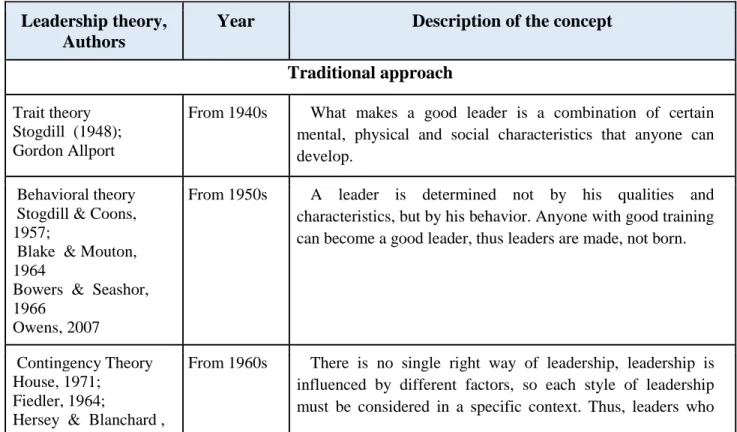
Mindfulness. Definition and scientific approaches
- Elements of mindfulness and their workplace effect
- Relationship between Leader’s mindfulness and Leader’s Strategic Competency
- Group mindfulness
- Connecting group mindfulness, individual mindfulness and strategic leadership
Openness to new information in the present moment, while being aware of multiple perspectives, by creating new categories. As mentioned above, the practice of mindfulness began to be used in the West thanks to John Kabat-Zinn. This understanding of mindfulness belongs to Mindset-Oriented Mindfulness and was introduced by Harvard professor Ellen Langer (Langer, 1974), who is considered an important researcher of mindfulness in the West.
It is a flow of thoughts that does not stop in the head, and often it is these automatic thoughts that cause stress. This openness to present experiences helps to increase the energy and mental resilience of employees in challenging work situations (Bishop et al., 2004; Reb et al., 2015). These skills are correlated with the characteristics of a strategic leader: cognitive complexity, behavioral complexity, social intelligence, which Huijberg (1997) considered in the Leaderplex model.
Therefore, it is logical to assume that the awareness of the individual is an important factor in the development of these characteristics. A key concept in the study of organizational awareness is that of Weick and colleagues, which developed from their study of High Reliability. In this paper, the concept of conscious organizing will be used for analysis, considering the relationship of consciousness and team strategic leadership, which is the first level in the company.
Sensitivity of the organization to possible failures, attention to minor mistakes, encouragement of whistle-blowing, open discussion of problems in the team. Advocacy is characterized by the participants in the discussion making statements, while inquiry is asking questions to find a solution. The connection between group and individual mindfulness is currently the subject of debate in the scientific literature (Reb et al., 2016; Kelemen, Born, Ondráček, 2020).
They communicate with each other on a daily basis to get a complete picture of the situation in the workplace. They also become more coherent in the problem solving process, thus impacting the agility and unit components.
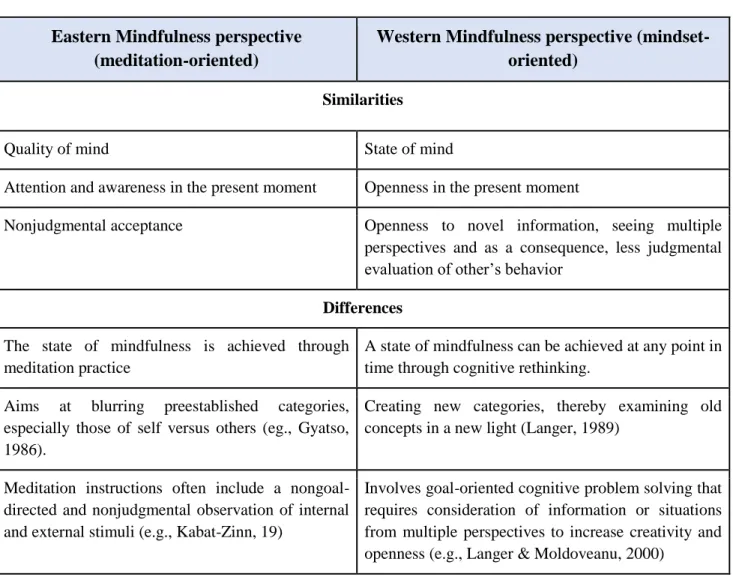
METHODOLOGY
- Research method and design
- Research approach
- Criteria for a single case selection
- Unit of analysis
- Validity and reliability of the study
- Quantitative Phase Methodology
At the moment, the company is undergoing serious internal changes in the structure and product line, the company also has a long production cycle, therefore it is subject to constant external changes that may negatively affect its stability. At each stage of the research, the unit of analysis is the individuals in the company. 51 For an explanatory case study, internal validity means that the researcher must establish causal relationships in the process of analyzing the data (Yin, 2013).
In the case study, it is worth talking not about statistical generalization, but about analytical (Yin, 2013). Next, it is worth briefly describing the data collection process at each stage of the mixed method research. The detailed plan of the study and tools for the data analysis process are shown in Figure 10.
The survey was compiled in the Google Forms and was distributed through the corporate portal Bitrix-24 with a description of the study, its purpose and useful input for the company. At the beginning of the survey there was a short letter describing the research, it was important not to emphasize the scientific purpose of the study, but the benefits for the company. Also in the letter was a message about the anonymity of this survey and the average completion time (7 minutes).
The Likert scale is widely used in studies on mindfulness in the workplace, in medical institutions. Mediation analysis is common in the social sciences among researchers in organizational behavior (Holland, Shore, & Cortina, 2016; James & Brett, 1984), social and behavioral sciences (Kenny & Judd, 2014), strategic management (Aguinis, Edwards), & . Bradley, 2016). In the process of qualitative research, the main method of data collection was semi-structured interviews, as the authors had to look at the problem and consider it from different angles.
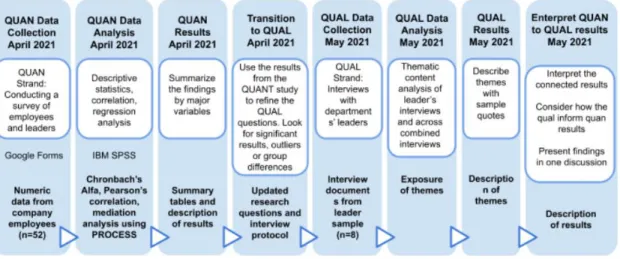
DATA ANALYSIS & RESULTS
- Qualitative phase analysis
- Discussions of quantitative part
- Qualitative phase of analysis
- Discussions of qualitative part
From the diagram below, it can be seen that the highest indicator for the company as a whole is group awareness, while individual attention of the employee is significantly lower than the other indicators. It can be assumed that this trend is influenced by the nature of the uncertainty and the complexity of the tasks that the departments work with. In this way, the synergy effect is achieved, which will contribute to the company's lasting performance.
To begin with, it is worth giving a brief description of each division of the company. For the analysis of the cases it was important to develop criteria for their selection. It is important that the departments perform different functions in order to test the assumption about the influence of the nature of tasks and uncertainty on the indicators of awareness and strategic leadership.
Marketing The department is responsible for lead generation – the customer's first contact with the company, and the customer's transfer to the sales department. The department is also responsible for shaping the perception of the company and the product. The department is the key link that generates profits and maintains the current financial stability of the company.
The department carries out the transition of the product from the concept to its final form. There are two main processes in the work of the department: the creation of work documentation and the construction itself. The main role of the department is market research and development of new products in the company.
Q1: Please rate the uncertainty of the external environment for the team and the complexity of the tasks. R&D: «The department's specificity lies in the fact that virtually all of the department's projects are connected to other departments.

PRACTICAL IMPLICATIONS & CONCLUSIONS
Managerial implications
Theoretical Contribution
The author has therefore developed a theoretical model (Figure 22) of strategic leadership in a company, which includes the interaction of the leader and employees, internal factors of group and individual awareness, as well as external factors of uncertainty and complexity. Finally, research contributes to the theory of mindfulness by linking the phenomenon of mindfulness to organizational characteristics not previously considered in this theory. All in all, current research has contributed to the formation of a more holistic understanding of the internal organizational factors that influence the effectiveness of the organization.
Limitations and suggestions for further research
This will allow to explore latent relationships and consider additional variables that may influence the relationship of awareness and strategic leadership, for example organizational culture, leadership style, etc. Thirdly, the study of group awareness within the company was carried out and the divisions were analyzed, in the future it would be interesting to do such a study not at the team level, but at the organizational level, to understand the level of awareness and strategic leadership of different companies to measure and compare. Finally, the present study tested the group aspects of the strategic leadership model (Figure 22), but did not quantify the impact of leader awareness.
In the current study, only indirect relationships were found between leader mindfulness and employee mindfulness. Therefore, in future studies, it will be interesting to quantitatively verify the influence of the leader's mindfulness on a large sample (N >30), for example on individual, group mindfulness and strategic leadership, and thus quantitatively confirm the new connections in the presented theoretical model. An online mindfulness stress management program in a corporate call center: a randomized clinical trial to evaluate the added benefit of on-site group support.” Journal of Occupational and Environmental Medicine.
The benefits of presence: Mindfulness and its role in psychological well-being.” Journal of Personality and Social Psychology. Chiesa A., Serretti A., Mindfulness-based stress reduction for stress management in healthy people: a review and meta-analysis, Journal of Alternative and Complementary Medicine Designing and Conducting Mixed Methods Research. The Essence of Strategic Leadership: Managing Human and Social Capital, Journal of Leadership & Organizational Studies 9 (1);.
The relationship between mindfulness and the work performance of workers in the manufacturing sector. Zeidan F., Effects of Brief and Sham Mindfulness Meditation on Mood and Cardiovascular Variables, Journal of Alternative and Complementary Medicine. Global Wellness Institute, Global Wellness Institute Releases Report and Research on 'The Future of Wellbeing at Work', press release, February 17, 2016;.
